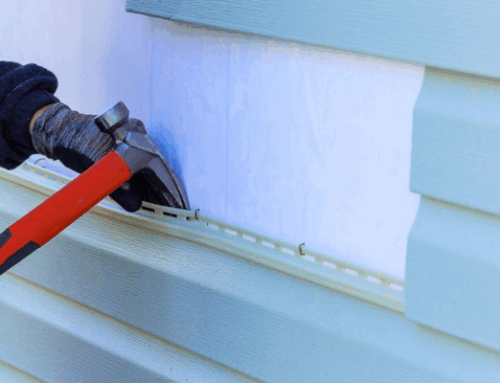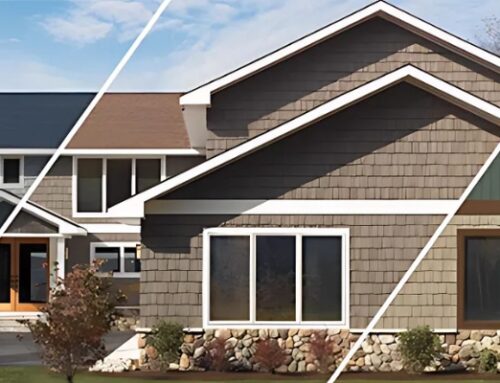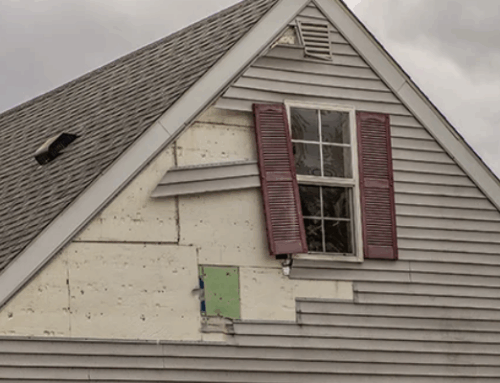Your house siding is more than its outside “face.” It is also the first and most critical barrier for defending it. It takes the rain, hot sun, screaming wind, and freezing cold day in and day out. But like any loyal warrior, it can’t battle indefinitely without displaying the scars of war.
Overlooking the warning signs may result in more severe damage lurking behind your walls, including structural rot and poisonous mold development. The secret to preventing this is paying attention to what to observe.
Your house is always communicating with you. It is time to listen to its language. The following are the 10 most common signs your house is pleading for siding repair or replacement.
1. Fading: More Than an Aesthetic Problem
All the colors will fade after some time due to being exposed to the UV light. Fading to a large degree or in an uneven fashion, however, is a sign that your siding’s protective component is fading away. The sun’s UV light breaks down the material and color, and also its ability to repel water and impacts.
2. Cracked, Chipped, or Loose Siding
Cracks, chips, or siding pieces that have become loose are a serious concern. These openings are direct entrances for water, insects, and other pests to enter your walls.
Each crack is an opportunity for water to leak, especially during the wind-run rains. Once inside, water can cause your sheathing and insulation to rot, mold, and be damaged.
3. Bubbles on Your Siding
See unusual bubbles or blisters on your siding surface? This is a clear indicator of water penetration. These bubbles are usually created when the water is trapped behind the material of the siding. The water heats up, becomes vapor, and creates a blister or bubble on the surface.
It is a stealth alarm. What it means is that the water is already where it should never be at all, and the loss has already commenced behind the curtain.
4. Inability to Open Windows and Doors
This may seem irrelevant, but it’s a master hint your home provides you. When your windows and doors start to be more difficult to open or close, or cease to be flush in their frames, it may be because they have warped due to moisture in the walls.
When the siding fails and lets water in, the wooden frames outside of your doors and windows may swell and warp. This distorts their shape enough to make them stick. This indicates serious water damage that should be checked out right away.
5. Frequently Needs Painting Over
Good quality paint on well-maintained siding will remain 8-10 years. When you find yourself needing to repaint your home every 5-6 years or earlier, odds are your siding is the culprit. It could be absorbing water and allowing the paint to peel, or the finish is perhaps deteriorating and can no longer withstand a topcoat of paint.
Painting over and over is a costly temporary patch. It is usually a cheaper long-term option to replace siding with new siding.
6. Peeling Paint or Wallpaper Inside
This sign is seen within your home, but it clearly indicates an outside problem. If you see paper peeling or bubbling in your rooms, which have outer walls, then it is a strong indicator that water is entering your house from outside.
7. Buckling, Rotting, or Warping Boards
This is one of the more noticeable and disturbing red flags. Walk around your house and check the siding from many different angles. Do you see a spot that is distorted, emerging outwards, or baking inside? It is a complete indication that the water has penetrated behind the siding, compromising the material behind it.
Rot is a more severe sign. You may check for rot by inserting the tip of a screwdriver into the siding in suspect areas. If the wood is soft and the screwdriver slips in effortlessly, rot has formed. The damage is not surface-level; it means the water barrier has been broken, and your home’s building structure is compromised.
Conclusion:
If your siding has exceeded its projected lifespan and is presenting any of the indicators on this list, it’s just about guaranteed that it’s time for replacement. Older siding just can’t offer the protection and performance that newer materials can provide.
Listen to Your Home: What to Do Next
Your home’s siding is its armor. Guarding it guards everything inside of it. If you’ve recognized with one or more of these symptoms, don’t worry—but do something.
Spending money on the siding of your home, either for repair or replacement, means investing in the structural strength, energy efficiency, and overall value of the home. Above all, it is an investment in your tranquility, being aware that your home—and your family—are safe, stable, and protected from the elements for a long time.






